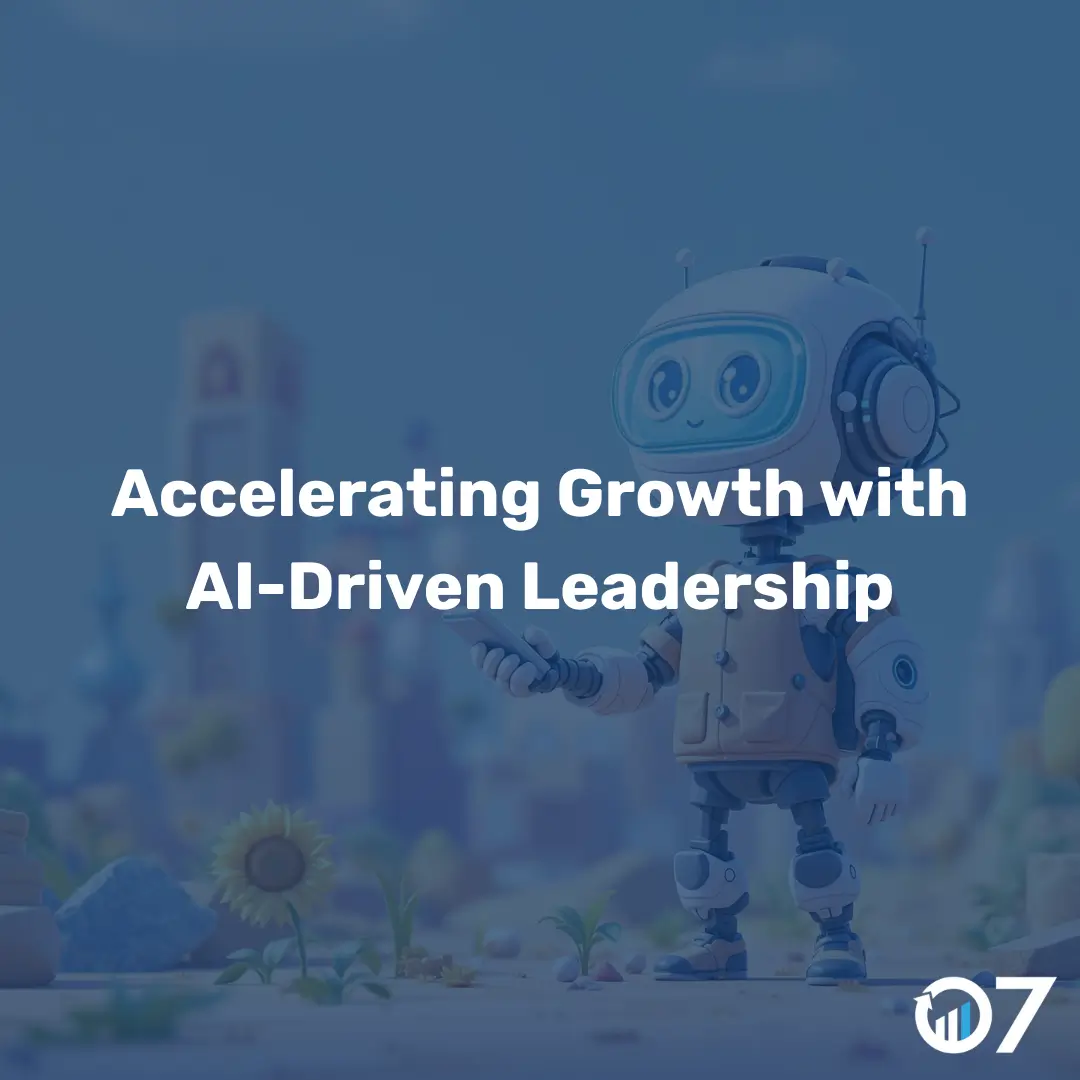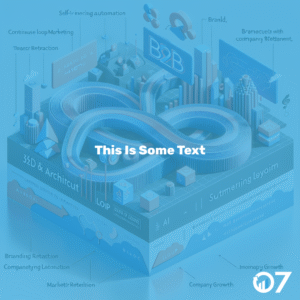In today’s rapidly evolving business landscape, AI-driven leadership emerges as a compelling necessity for executives. To effectively navigate through technological transformations and enhance decision-making processes, leaders must embrace AI not as a distant goal but as an integral aspect of their strategic framework. Artificial intelligence not only drives efficiency but also empowers leaders to enhance their strategic thinking and decision-making capabilities. Through this article, we delve into practical methodologies for leaders to cultivate an AI-driven mindset and harness its potential to accelerate business growth.
The Imperative of AI-Driven Leadership
Business leaders face a wave of change with profound implications for every aspect of their enterprises. The time to prioritise AI is not tomorrow but today. In a survey by Geoff Woods, author of ‘The AI-Driven Leader: Harnessing AI to Make Faster Smarter Decisions’, every leader he interviewed acknowledged that AI is the future. Yet startlingly, less than 5% had acted on this understanding. Woods initially viewed AI through a technical lens, believing he could delegate its management to subordinates. However, this perspective proved myopic. Understanding that AI transcends technical skills, leaders must recognise its transformative potential for people, processes, and decision-making.
To embody this shift, leaders can start using AI in their own practices rather than delegating responsibilities. Shifting the inquiry from ‘What can AI do for us?’ to ‘How can AI enhance my capabilities as a leader?’ marks the genesis of an AI-driven leadership approach.
Sticky Note Methodology
As you embark on this journey, consider adopting two sticky notes—a simple yet effective practice to shift your mindset. Write on the first note, ‘How can AI help me do this?’ Place it where you will frequently see it to remind yourself to integrate AI into daily tasks. The second note should state, ‘Context Role Interview Task’, referring to the CRIT framework that Woods recommends for AI interactions. This structured approach prompts leaders to set context, define roles, and specify tasks when engaging with AI.
Practical Applications of AI in Leadership
Moving beyond theoretical understanding, it is crucial to implement practical applications of AI. Leaders should identify the 20% of AI implementations that will yield 80% of the results, allowing for efficient focus and deployment of resources. The following examples illustrate effective uses of AI in leadership.
- Financial Statement Analysis
Leaders can use AI to streamline the review of financial statements. By employing the earlier mentioned CRIT framework, one might specify the role of AI as a strategic CFO, requesting insights into non-obvious aspects of financial performance. Regular interactions of this nature can unveil trends and insights that may go unnoticed without AI assistance.
- Board Review Optimization
A tense board meeting can consume significant time and resources. In a similar approach, an executive facing a challenging board dynamic could employ AI to create comprehensive personality profiles of board members. By conducting a series of structured interviews with AI, they could generate actionable insights that help tailor future presentations and interactions, thereby reducing friction and enhancing boardroom efficiency.
Enhancing Thought Processes with AI
AI should amplify human intelligence rather than replace it. Woods highlights the importance of remaining in control of one’s thought processes. Leaders must engage AI to aid in research or draft content, ensuring they apply critical judgment to the output. By remaining the face of strategic thought, leaders can maintain their relevance and adaptability in a rapidly changing market.
Implementing AI Organisation-wide
When it comes to wider implementation, organisations should begin at the leadership level to foster an AI culture. A structured five-level maturity model can guide AI implementation, starting with foundational competence among executives, progressing to a full organisational adoption. Each level addresses a crucial stage in the transition towards a comprehensive AI-driven culture.
- Foundational Competence: Leaders must be equipped to understand AI’s strategic uses and communicate effectively with AI systems.
- Early Adoption: Identify innovative early adopters who will champion AI within the organisation’s various functions.
- Strategic Expansion: Begin to centralise data and insights to create a more comprehensive AI network within the organisation.
- Organisational Optimisation: Achieve an environment where AI drives efficiency across functions, streamlining operations department-wide.
- AI-Driven Transformation: Ultimately, businesses evolve to wholly embrace AI, reimagining operations to compete in wholly new paradigms.
Fostering a Supportive Environment for AI
As AI adoption extends beyond leadership levels, creating a culture of psychological safety is imperative. Team members must feel secure to explore, fail, and learn about AI technologies without fear. Implementing weekly meetings where team members share AI successes and failures enables a culture of openness, curiosity, and shared learning.
For example, fostering an environment where stories of failure are routinely acknowledged can motivate others to experiment. This culture of risk-taking can generate some of the most innovative uses for AI in decision-making processes.
Embrace AI for Leadership Success Conclusion
In summary, adopting an AI-driven leadership approach is vital for leaders who aim to excel in today’s dynamic technological landscape. By prioritising AI in their operational strategies and fostering a supportive environment for wider adoption, leaders can significantly enhance their decision-making and strategic capabilities.
For more insights, visit our blog. Contact us via email at info@07hm.co.uk or call us on 01702 410663.





